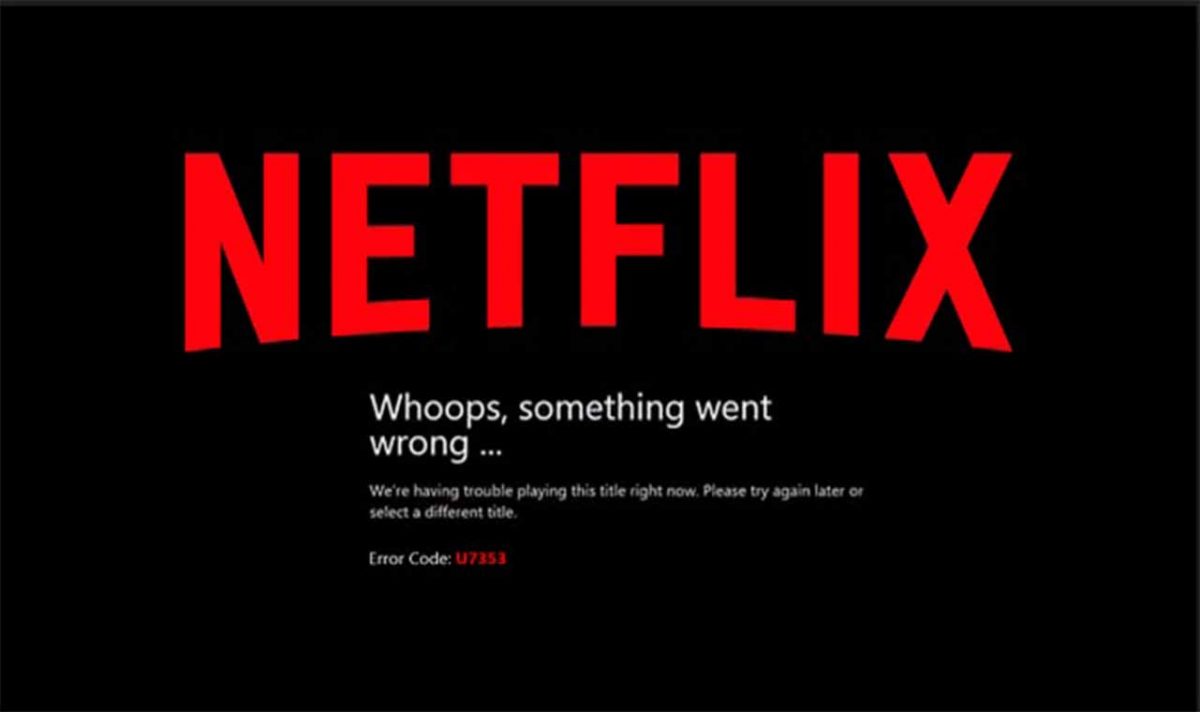Netflix has enjoyed astonishing growth over the past years, challenging traditional television companies since the launch of its streaming platform in 2007. The company is considered a textbook example of a digital disruptor, confronting traditional industries by employing technology and innovative business models. However, being the first to create a new industry does not guarantee long-term success. In the first two quarters of 2022, Netflix’s subscriber count decreased for the first time in the company’s history. Even though this decrease was anticipated by analysts, the announcement sent shock waves through the stock market, causing Netflix shares to fall 60% compared to the beginning of 2022.

The loss in subscribers is hardly the cause for this reaction, but rather the underlying problems that were revealed during the earnings call. Facing increased competition from Disney, HBO, Hulu, and the likes, Netflix has to invest heavily in content creation and customer acquisition. In 2018, Netflix recorded a negative free cash flow of $3 billion, followed by a negative free cash flow of $3.3 billion in 2019. Over the same time, the subscriber count increased by around 57 million. Dividing the total cash spent by the number of subscribers gained, we can find the “cost of acquisition” for each new subscriber is around $110.
So, why do these numbers matter? The simplicity of the subscriber-based business model that enabled Netflix to scale so quickly now poses a serious threat to its ability to grow further. Acquiring new customers by producing and adding new content, running marketing campaigns, etc., effectively costs Netflix more than they gain in extra revenue from these new subscribers. Raising subscription fees will likely deter customers, especially since there are plenty of competing streaming services to choose from. It seems the only way to solve this conundrum is to create new revenue streams by adjusting the business model.
In November of 2021, Netflix announced the launch of a mobile gaming platform integrated in the Netflix app, featuring a small number of games centred around popular titles such as “Stranger Things”. However, these games are currently included in the subscription fee and feature no ads or in-game payments. In the future, Netflix could lift these restrictions and create additional revenue streams, building on their strong portfolio of original movies and TV shows. Another strategy the streaming platform currently explores is the addition of a cheaper, ad-supported subscription tier that appeals to more price sensitive consumers.
Only time can tell whether these attempts will be effective in helping Netflix overcome its growth issues, but it goes to show that even industry disruptors have to keep innovating to stay ahead of the competition.
Sources:
https://www.fool.com/investing/2022/04/24/the-netflix-growth-problem/


Interesting article! I personally believe that the exclusivity of some movies is the major problem for Netflix as they for example can’t add Marvel movies to their catalogue as they are licensed by Disney. Netflix originals are still not worth watching most of the time. Disney plus has a major advantage as their own production is way better than Netflix their production. I think that is the reason they are losing their competitive edge. Do you think Netflix can change it around?
Very interesting topic! Do you believe other first-movers and digital disrupters to be as vulnerable to competition as it is the case with Netflix? I believe most digital disrupters face an increasing competition over time and although they might have a competitive advantage at first, it could quickly fade if competitors happen to offer exclusive functions or content.
Amazon is said to run Amazon Prime Video not to be profitable itself, but to incentivise customers to purchase more products on its platform. How does such a business model affect Netflix and the market as a whole? It must be challenging to compete with business models, which are not intended to be profitable in the first place.
It was very interesting to read your article! I have heard about the potential cheaper subscriptions with ads, but would have never thought of the potential revenues generated through the games. I think these will increase their sales, however are not strong enough to overcome their competitors, what do you think?
Hi! I totally agree that Netflix should continue innovating in order to stay ahead of the competition. In today’s business landscape, industry players are challenged and disrupted by continuous innovations and emergence of start-ups or even other market players. Given this, organizations like Netflix should exploit its core businesses and explore other market opportunities. They should cultivate and manage an innovation culture to become an invincible company. Being an invincible company means that an organization constantly reinvents itself before it becomes obsolete or irrelevant in the industry. Moreover, building an invincible company can be achieved through the Business Model Canvas—with a focus on sustainable business model—and Dual Transformation framework.
Hi, I think it is quite interesting how in the beginning Netflix, as the first disrupter, is the classic example of the long tail strategy and now you notice in the market that they are spreading into different segments. So the niches are divided. Disney has all the disney movies but also a lot of the old series from 10-15 years ago like bones and criminal minds. HBO is focusing a lot on fantasy and scifi.